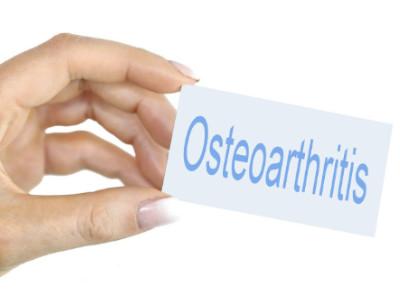
- Published on 26-May-2022
- 0 Likes
- 0 Comments
- 97 Times Read
Though extremely common, back pain during pregnancy must not be accepted as a normal consequence of the process. Pregnancy in itself is a hard dealing, when back pain is added to the pains that generally cover this period of a woman's life, it can make pregnancy severely painful especially during delivery. The symptoms of back pain must be immediately addressed once they manifest and must be carefully managed throughout the process.
Chronic back pain during pregnancy is the sign of postpartum back pain or the pain felt after giving birth. This is reason enough why women of this case must seek immediate medical attention for proper treatment before the pain aggravates. Likewise, postpartum pain must be checked and observed cautiously to see if it lasts longer than 8 weeks. If it does, treatments and therapies must be immediately employed to avoid longer duration of recurring attacks.
Types of back pain during pregnancy
Around 80% of women undergo back pain some time during their pregnancy. Symptoms may indicate either chronic (or attacks that usually last for more than three months) and acute (that lasts or several weeks to less than three months).
Studies point out that back pain during pregnancy is most likely to occur during the fifth or the seventh month of pregnancy. As it may be observed, this is the period when the womb bulges, enough to create additional heavy load to the woman. However, there are cases when back pain may activate as early as the 8th and 12th week. Women who are naturally prone to back pains and are at greater risks to developing back pain during pregnancy and may show some sings in the earliest stages.
For pregnant women, they may experience either one of the two types of back pain or a combination of both: lumbar pain (lower back pain) and posterior pelvic pain. Both pains are experienced at the lower back bone but may be different from that of the labor pain (which is also felt at the lower back).
Lumbar back pain during pregnancy may be closely compared with that of the typical back pain for nonpregnant women. The pain is focused at the above section of the body following the waist. And tenderness on the muscles around the spine may be observed. Posterior pelvic pain on the other hand is felt at the lower section of the waistline and is more prevalently experienced by women as compared with the lumbar pain. Pain in the pelvic area may be felt on one side alone or on both sides. Posterior pelvic pain last for quite sometime and resting may not resolve this pain easily.
Both types of back pain during pregnancy is linked to the changes a woman experiences during the said period.




0 Comments